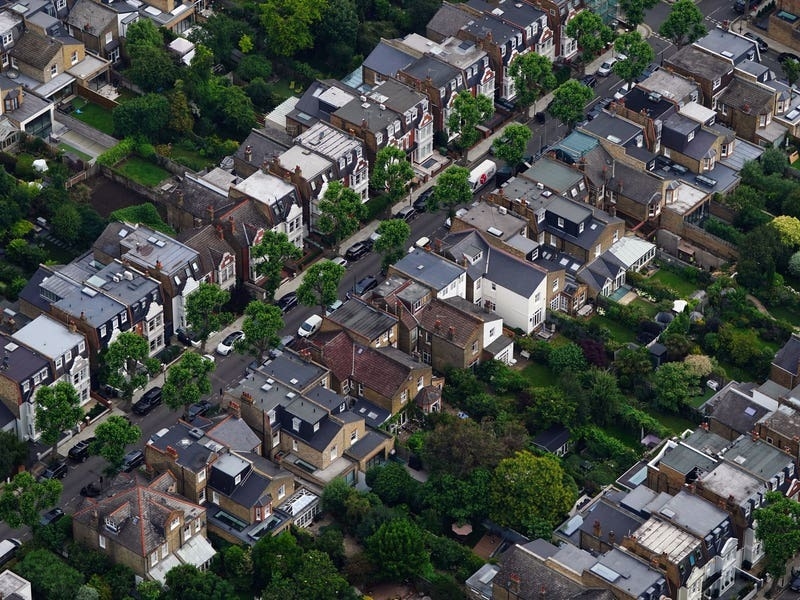Tests carried out on a number of boreholes as well as streams and bodies of water to the north of the Airport show very low levels of perfluorooctane sulphonate, or PFOS, which was once used in firefighting foam, as well as a number of other products.
It is suspected that hundreds of litres of foam containing PFOS were used by Airport firefighters after a small aircraft crashed into a farmhouse in Rue du Rectorat, near St Peter’s Church, on 1 October 1980.
Although the traces discovered this month are well below the safe limit prescribed by the World Health Organisation and others for drinking water, the discovery has led to further tests in a wider area of around 50 properties as the authorities try to find out where the contamination is coming from and assess the implications.
Environment Minister John Young has also set up a ‘PFOS management group’, which will decide what, if any, further action should be taken. The group includes the Medical Officer of Health, representatives of Environmental Health, Environmental Protection, the States Vet, plant health and Jersey Water.
The minister is due to receive an interim report by the end of April with findings and recommendations.
On Monday, officers from Environmental Health visited residents whose boreholes are now known to have been affected to update them.
The director of Environmental Health, Stewart Petrie, said: ‘We are telling residents that it’s still okay to drink their tap water. They are not going to get ill as a result of these traces. The amount found in their supply is less than a hundredth of the maximum limit.
‘Nevertheless, we understand the concerns that this will raise and that it’s important to determine what the source is. We are keeping residents informed by writing to them, spending time with them, and we will be holding a briefing for them so that Environmental Health officers can answer their questions and allay their fears.’
Previous PFOS contamination in St Ouen’s Bay is believed to have come from a former Airport firefighting training area widely used in the 1990s and dozens of homeowners were compensated and connected to mains drains at the cost of the States. In 2005 the States accepted a £2.6 million payout from American multi-national and PFOS manufacturer 3M, part of which was used to carry out remedial works to the land affected at the Airport. Around half of the affected properties in St Ouen’s Bay were no longer testing positive for PFOS contamination by 2006.
The official Accidents Investigation Branch report into the 1980 crash, which killed the plane’s 50-year-old pilot, Norman Harvey, says that ‘1,360 litres of light water concentrate (fluorochemical foam)’ were used to fight the fire that followed the crash. Officials are now understood to consider that the probable cause of the latest contamination, which is in an area separate to the St Ouen’s Bay plume.
PFOS is described as a ‘persistent organic pollutant’ which has previously been used in clothing treatments and firefighting foams. It was also once used in pizza boxes. Public Health England says repeated oral exposure to high levels of PFOS can have toxic effects, specifically ‘effects on the liver, gastrointestinal and thyroid hormone effects’. Some studies have reported an association between exposure to PFOS and several forms of cancer.
Although residents have not been told to stop drinking the water, Environmental Health said young children, pregnant women and nursing mothers should never drink borehole water unless they were confident they knew exactly what was in it.
PFOS was also used in firefighting foam at Guernsey Airport and was found to have leached into St Saviour’s Reservoir, which supplies the island’s drinking water.
While it is not believed to be in concentrations that will harm islanders’ health, in 2012 more than 14,000 tonnes of contaminated soil were removed and stored in specially constructed sealed cells at the entrance to the airport.
Investigations are still under way to find a permanent way to deal with the soil after the five-year licence for the current measures ran out last year.






